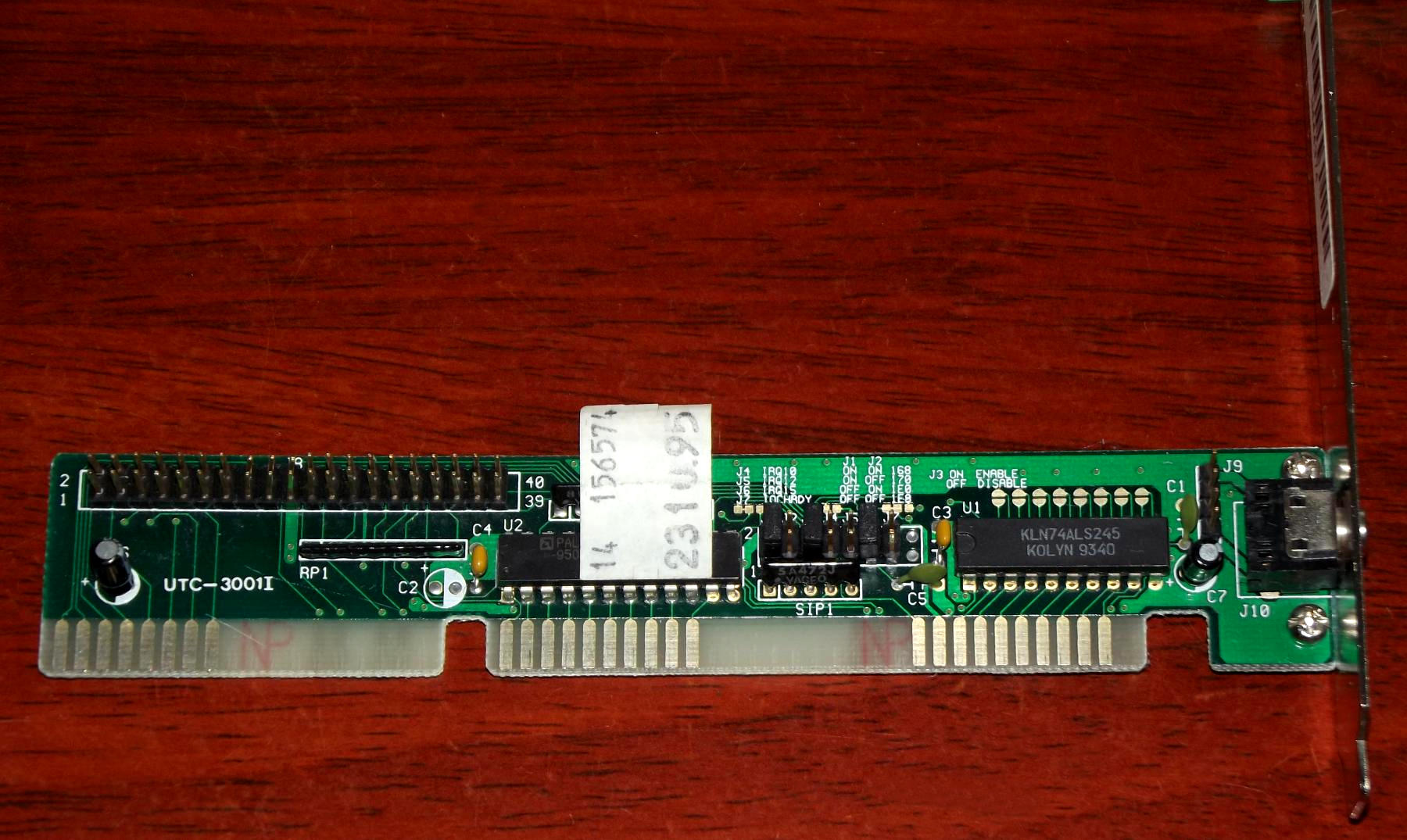First post, by rpocc
Many retro-PC keen people are familiar with the Trident TVGA-series ISA16 VGA cards for their three jumpers enabling 8-bit compatible mode.
Recently I’ve acquired an IBM PC/XT-compatible motherboard in working condition, saved from Armenian “precious metal extracting recyclers”. (Not sure how that type of eastern business is supposed to be translated to English correctly) It uses an 8K ROM from the DTK-1000 machine.
I have two questions, being almost a noob in PC/XT world.
1. My MB works with a number of 8-bit MDA/EGA cards, outputting text to my amber dispkay when SW1 switches 5-6 are both at “ON” position, otherwise it just performs triple long-short beep code and doesn’t show anything, including Trident in 8-bit mode with any of 4 possible combination of switches. Is there any way to make it work with this VGA card, including switching to alternative firmware ow something?
2. Actually I’ve spent the last 7 months collecting a fair apartment of retro-PC stuff, so I have a number of various ISA16 and even VLB IO cards but nothing specifically 8-bit having 34-pin FDD interface. The only 8-bit disk IO card I have is a WD MFM 34-pin HDD interface having two 20-pin presumably FDD-interfaces, non-familiar to me, since all FDD I own are a standard 34-pin drives.
The main question here is if there any well-known 16-bit Multi-IO card (such as Prime2, or something generic like that), having the similar 8-bit compatibility mode as TVGA cards, or a known method of connecting a standard drive to this 20-pin interface? I know about specific modern cards but I’m effectively unable to acquire one of these due to logistic issues.
Of course, I could install an XTIDE ROM but anyway I’d have to insert an 8-bit IDE card, which I don’t own, and the main goal is support for floppies.
